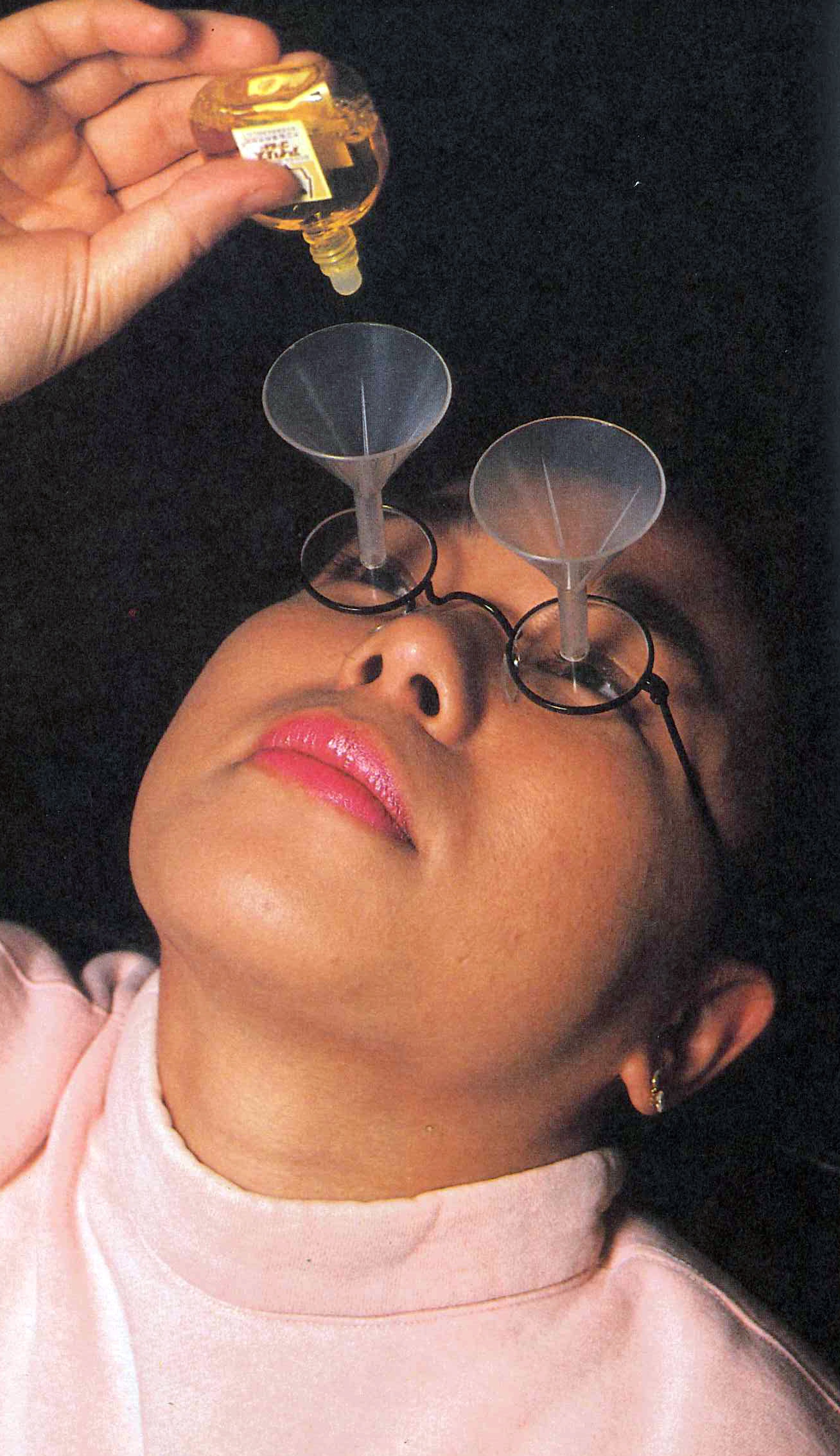The philosophy of Commonplace Fun Facts centers around the principle that there is no such this as “useless knowledge.” Perhaps that is why we found ourselves drawn to a practice of developing and promoting “Unuseless Inventions.” Welcome to the Japanese art of Chindogu, where the invention causes more problems than it solves.
Chindōgu comes from the Japanese words 珍 (chin), meaning unusual and道具 (dōgu), meaning tool. It is the creation of Kenji Kawakami, a former editor and contributor to the Japanese home-shopping magazine Mail Order Life.
Kawakami began featuring some unusual creations to fill the extra space in the magazine. The inventions, at first glance, appear to address a legitimate need. On closer examination, however, one can see that they are, at best, impractical.
Among the inventions featured by Kawakami are:

Noodle Cooler
Properly cooked noodles have to get hot, and freshly-served noodles are not allowed time to cool.
The Noodle Cooler saves the hungry diner from having to waste time and energy blowing on the noodles, thus ensuring a delicious meal without scalding one’s mouth.

Eyedrop Funnel Glasses
How many of us have tried to use eye drops, succeeding only in applying them to our cheeks, eyebrows, or missing the face entirely?
The Eyedrop Funnel Glasses solve that problem by guaranteeing that 100% of the drops go where they are intended.

Butter Stick
What do you do when the toast pops out of the toaster, but you don’t have a knife or butter?
The Butter Stick comes to the rescue, allowing quick and easy application of butter before the toast becomes too cold to eat.
Several things distinguish Chindogu from gag gifts or Rube Goldberg machines. Kawakami required that the items actually exist. In other words, the concept was not enough; a prototype must be built. Once built, however, the items cannot be patented. Chindogu is, in part, an act of rebellion and critique of consumerism.
The International Chindogu Society has codified the principles of Chindōgu in ten tenets. For an item to qualify as Chindogu, it:
- Cannot Be For Real Use: The product must be so (almost) completely useless that it is impractical to use it. If the product is handy enough to be used regularly, then it does not meet this standard.
- Must Exist: The product must actually be built so it can be held and used. Simply imagining it or drawing up a proposed design is insufficient.
- Must Have a Spirit of Anarchy: According to the Society, “Chindōgu are man-made objects that have broken free from the chains of usefulness. They represent freedom of thought and action, the freedoms to challenge the suffocating historical dominance of conservative utility, and the freedoms to be (almost) useless.”
- Is a Tool for Everyday Life: The item must be something that could be used by society at large, not a specialized technical invention that would be used only by one profession.
- Must Not Be For Sale: The invention is not a tradable commodity. Selling a Chindogu is prohibited, even as a joke.
- Must Have Been Created For the Sole Reason of Humor: Ultimately, anything that brings more joy into the world can’t be all bad. Humor is, at its essence, the ability to recognize the imperfections in life. Chindogu accomplish this through elaborate, unconventional, and impractical solutions to a problem.
- Is Not Propaganda: Chindogu are to be made with the best of intentions, not as a commentary on the human condition.
- Is Not Taboo: Pure humor is the goal of Chindōgu. Sexual innuendo, vulgarity, cruelty, or anything that debases the sanctity of living things is not permitted.
- Cannot Be Patented: Chindogu are to be offerings to the world, freely available. They may not be patented, copyrighted, trademarked, collected, or owned.
- Is Without Prejudice: Chindōgu may not favor race, religion, age, social status, gender, or any other demographic. Just as Chindogu are an offering to the world, they must also be enjoyable to the entire world.
Kawakami compiled the best examples of Chindogu in his 1995 book 101 Unuseless Japanese Inventions: The Art of Chindogu. It has since been followed up with several sequels, such as The Big Bento Box of Unuseless Japanese Inventions, 99 More Unuseless Japanese Inventions: The Art of Chindogu, and Bumper Book of Unuseless Japanese Inventions.
Sometimes an item can start as Chindogu, only to lose its status. The most notable example is the Selfie Stick. Originally features in 101 Unuseless Japanese Inventions, it was viewed at the time as being completely impractical. This significantly underestimated the human capacity for narcissism, however. Now that Selfie Sticks are offered for sale, the product has lost its Chindogu status.
For more examples of Chindogu, be sure to visit the webpage of the International Chindogu Society.
Categories: Art, Eccentrics, Humor, Inventions


So funny!!
LikeLiked by 2 people